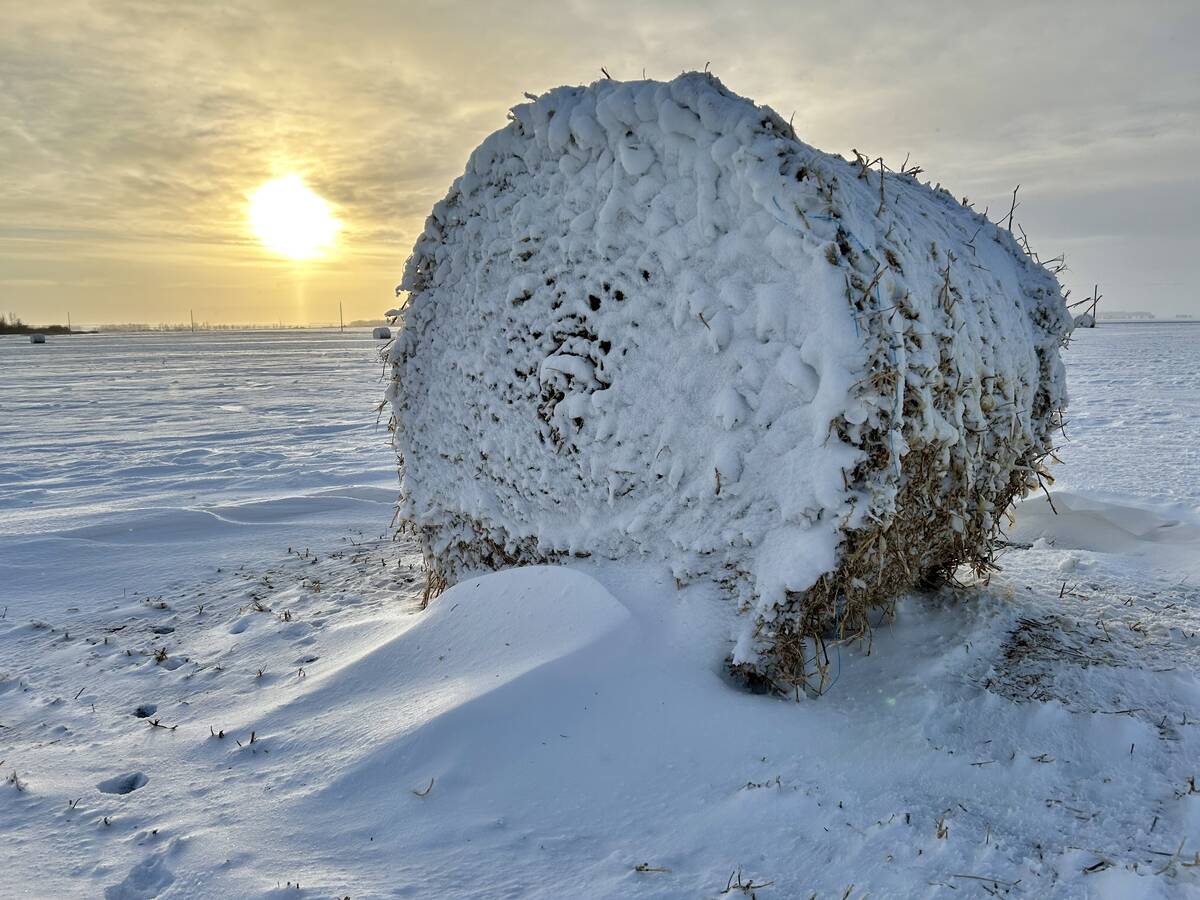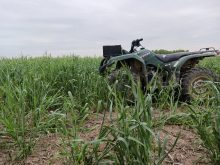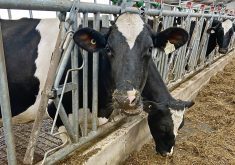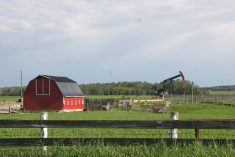The recently announced shutdown of XL Foods’ beef kill plant and fabrication facility in Calgary is no surprise to those in the know.
“No, it’s not a shock,” said Herb Lock, owner of Farm$ense Marketing in Edmonton.
“The packing industry in North America is rightsizing itself. As soon as you have excess capacity, everybody is losing money. It’s not just a Calgary thing, it’s not just an Alberta thing, it’s not just a Canadian thing. This is happening on both sides of the border.”
Read Also

Prairie winter snowfall forecast 2025-2026
How much snow should farmers in Alberta and elsewhere on the Canadian Prairies expect for the rest of December 2025 and into January-February 2026?
That view was echoed by Charlie Gracey, a cattle industry consultant and current board member with the Alberta Livestock and Meat Agency.
“We’ve known for quite a long time that the herd was being sold down,” said Gracey. “It’s always regrettable to see a decline in what might be seen as competition. But there isn’t enough cattle herd to service the plant.”
Lock estimates the packing industry is currently about 25 to 30 per cent overbuilt across the Pacific Northwest. Most of the processing facilities were built several decades ago, in a time when herd numbers were significantly higher, he said.
Given that processing is a margin business, the only way for processors to make money is to operate at near full capacity. With today’s herd numbers at a 50-year low and the three-to five-year outlook not indicating much improvement, Lock sees the XL closure as a “nimble” preemptive move.
Competition for live cattle sales shouldn’t diminished, said Bryan Walton, CEO of the Alberta Cattle Feeders Association.
“I don’t think the closures are going to have a material effect,” said Walton, noting XL Foods still operates the Lakeside plant in Brooks.
Essentially, the Calgary and Brooks plants were competing for the same animals. Selling the Calgary facilities, which are fairly old and sit on valuable real estate, makes good business sense, he said.
BSE boost
While BSE has been devastating to all parts of the beef industry, Lock believes it may have had a positive – albeit short-term – influence on XL’s Calgary facilities.
“The plants’ lives may have been extended by a couple of years because of the supply bulge created by BSE,” he said.
Over the past five or six years, Canadian processing plants have had temporarily higher kill numbers not only because many Canadian producers have been liquidating their animals, but also because BSE stopped American processors from purchasing Canadian cull cattle. Now that fewer mature animals are available for slaughter and American processors are once again buying up Canadian cattle, “something had to give,” Lock said.
“Hopefully 2010 is the end of the liquidation,” he said. “The Americans are still killing off more than we expected. In the end, the demand for cheap hamburger, which requires the lean beef from mature cull cattle, means the consumer is setting out to eat the goose that laid the golden egg. Too many packers are chasing the same cows.”
Though XL says it may reopen the plants in the fall, Lock said he thinks the statement is a “fairly hollow promise.”
He noted XL dangled the possibility of reopening its Moose Jaw plant for months, to no avail. There’s “almost no possibility of sufficient number of cows and bulls to keep the (XL plants) operational in the fall,” he said.
Neither Gracey nor Walton were willing to speculate on the likelihood of a reopening. However, both agreed herd inventory numbers look fairly bleak for the foreseeable future. In light of low and still declining herd numbers, many in the beef industry are asking who is next.
“What about the feedlot industry?” asked Lock. “The same things have to happen to the rest of the industry as well.”
———
“It’salwaysregrettable toseeadeclinein whatmightbeseenas competition.But,there isn’tenoughcattleherd toservicetheplant.”
Charlie Gracey














